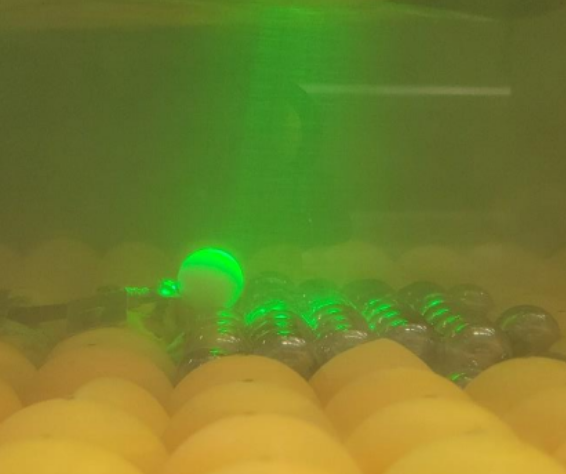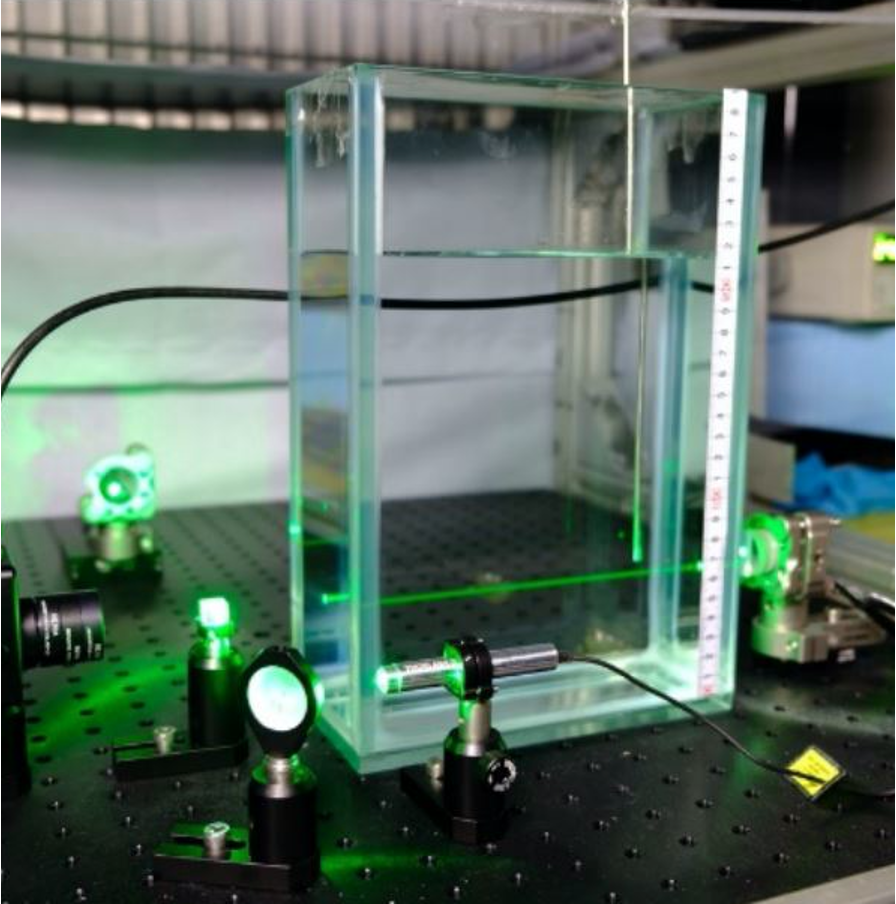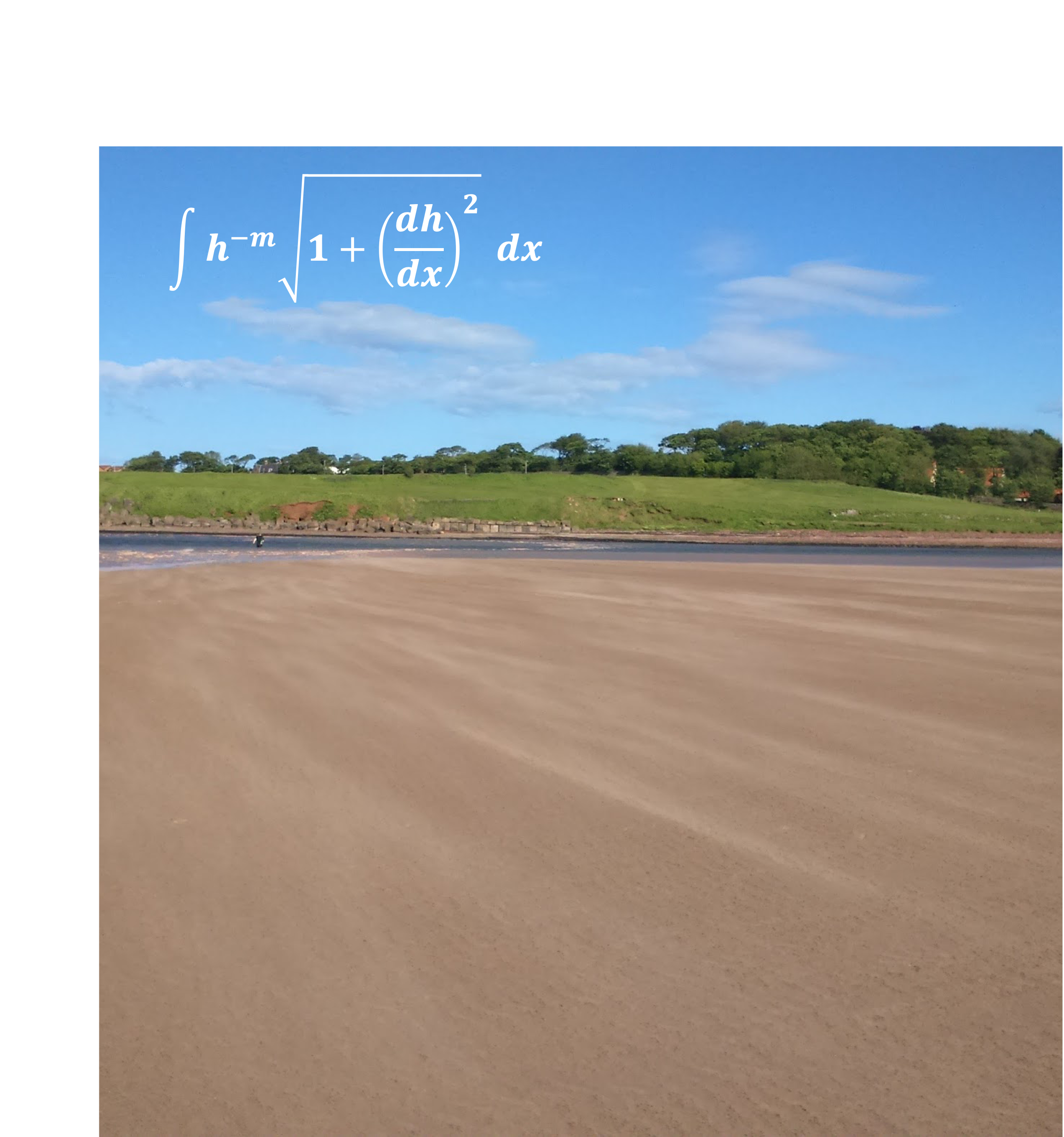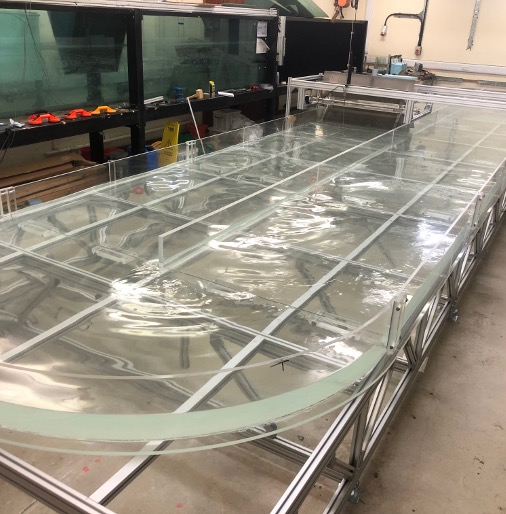Research
AI in fluids
Artificial Intelligence (AI) is employed everywhere, from facial and speech recognition to financial forecasting and the prediction of new chemical compounds. One of the most popular forms of AI is Neural Networks, which have demonstrated their potential to revolutionise the world we live in. However, these models tend to require huge amounts of data for training, which may be in many cases difficult and/or expensive to obtain. Many physical phenomena are governed by well-known laws, which are typically written in the form of partial differential equations. In this research, we are aiming to make use of these known laws in order to develop Physics Informed Neural Networks (PINNs) that may reduce or even remove the need for training data. For example, we have recently developed some PINNs to predict flooding without any need for training data. These PINNs achieve levels of accuracy and computational cost that can outperform widely used, state-of-the-art numerical models, such as those based on Finite Volume methods.
Collaborators: Gustavo de Almeida

Particles in fluids

Many problems in environmental fluids involve complex interactions between flows and different types of particles, for example, plastic pollution in rivers or sediment-flow mechanics leading to coastal erosion. We are interested in unravelling the fundamental mechanical interactions behind problems like these. To this end we use a combination of experimental, theoretical and numerical approaches. For example, we are currently working on understanding the fundamental mechanics of idealised plastic pollutants in river-like turbulent flows, or those of initiation of motion of an idealised sediment grain (a sphere) subjected to wall-bounded turbulence (left image). We have also begun to investigate the interactions between fluid flows and living organisms (algae cells in particular).
Collaborators: Filippo Coletti, Gustavo de Almeida
Optics in fluids
We are interested in applying different optical techniques to experimental fluid mechanics. One example of this is interferometry, a well-established technique in the field of optics, whose application to fluid dynamics has not been thoroughly explored. By harnessing the potential of this technique to detect minute changes in the refractive index of the sample medium,we have recently shown that a standard interferometer can yield high-precision measurements of temperature (of about a few mK) in unsteady, convective flow, in a fully non-intrusive manner. These features provide this state-of-the-art technique with enormous potential to significantly enhance experimental fluid mechanics. We are currently expanding on this work and assessing the potential of other, similar optical techniques.
Collaborators: Joanna A. Zielinska

Other...
We are always interested in exploring other areas of research outside our main areas of expertise. Examples of work not falling into the above categories include: applied research into the protective service provided by coastal ecosystems (if you are working on this topic, consider submitting to our special issue on this topic), theoretical work into the connection between coastal geomorphology and variational principles, strategies to escape a rip current (from a mathematical perspective, we tend to be bad swimmers), or optimisation of raceway ponds used for algae cultivation. If you have any other ideas for collaboration, do not hestiate to contact us.


